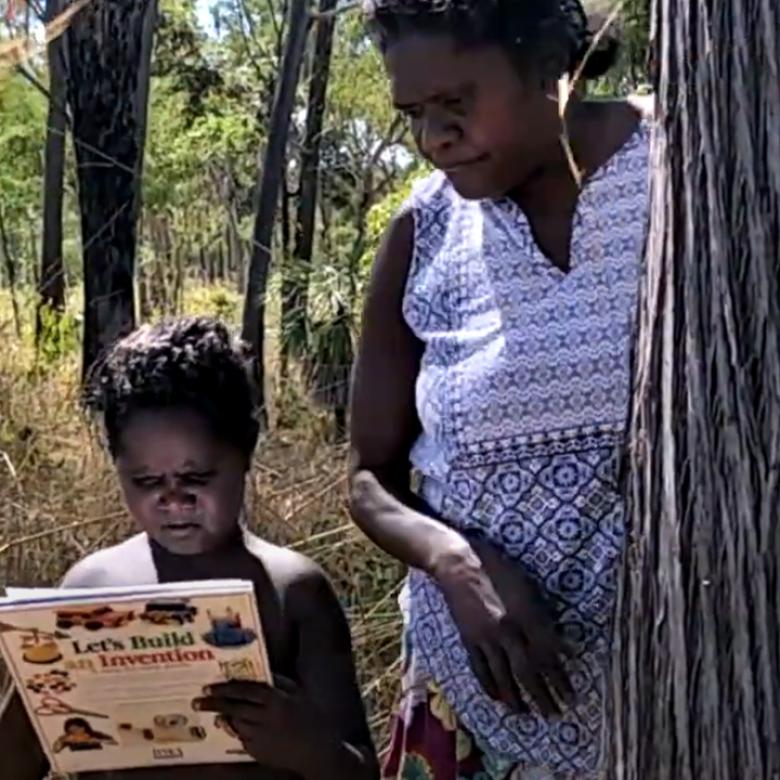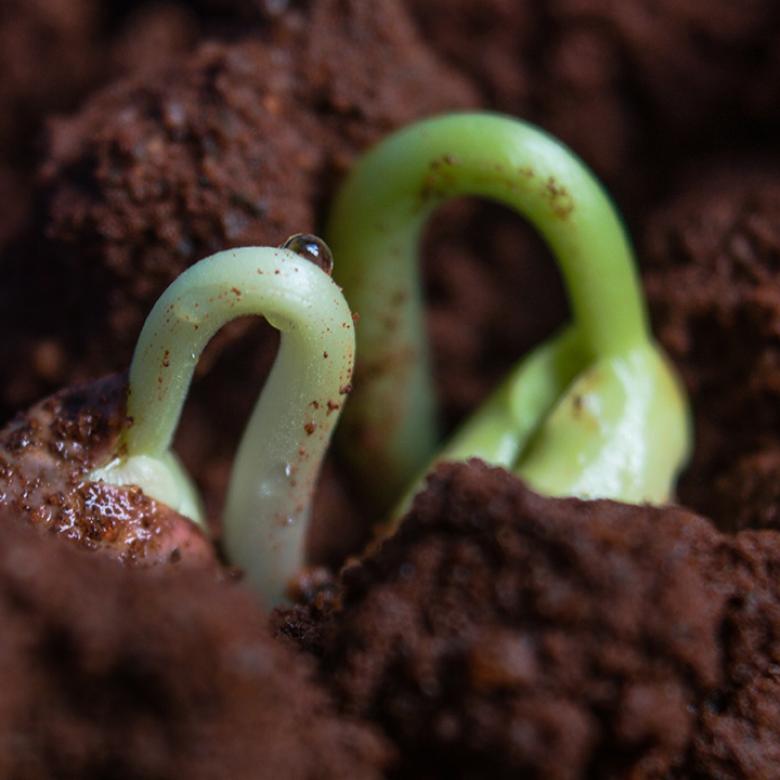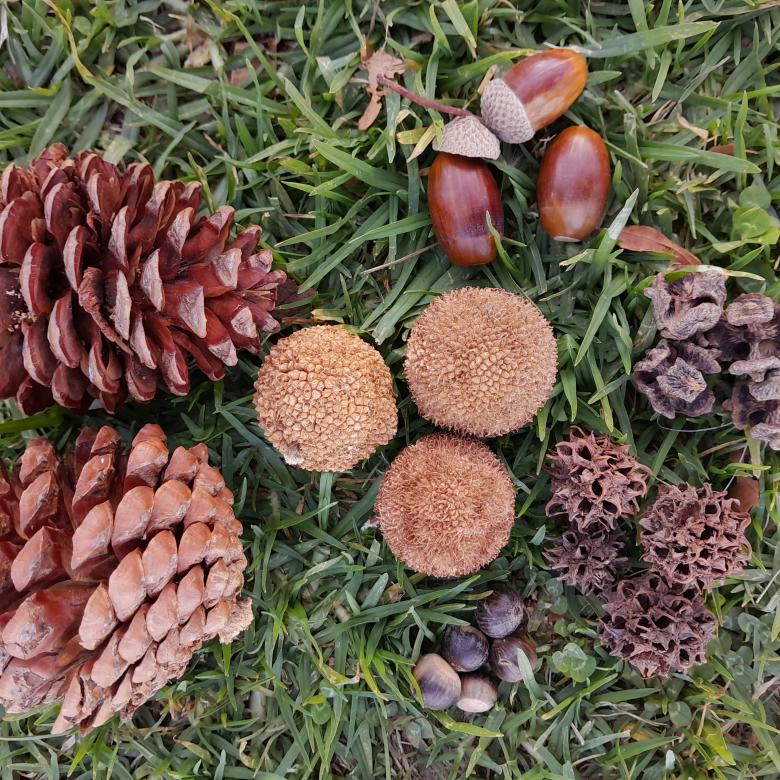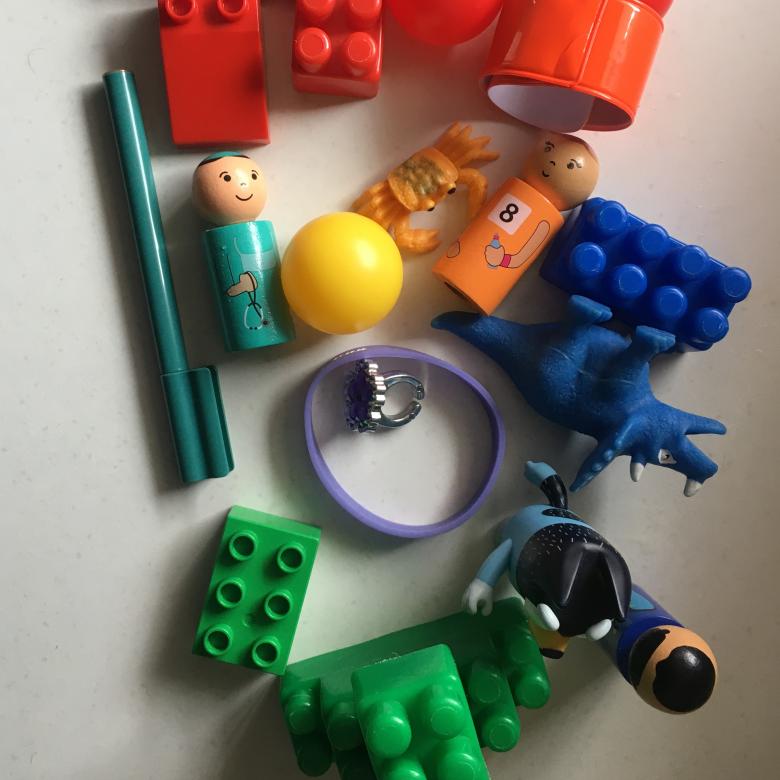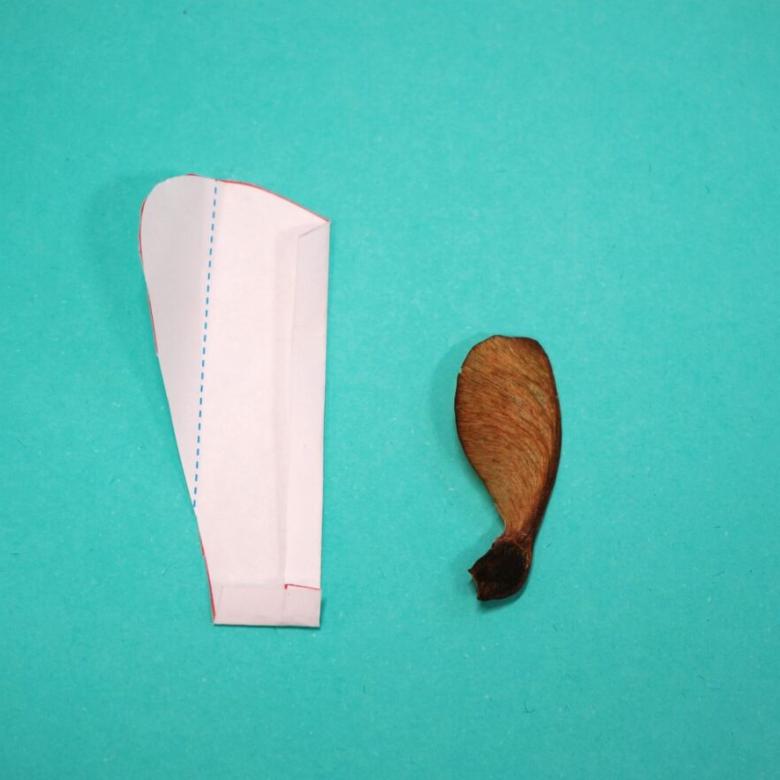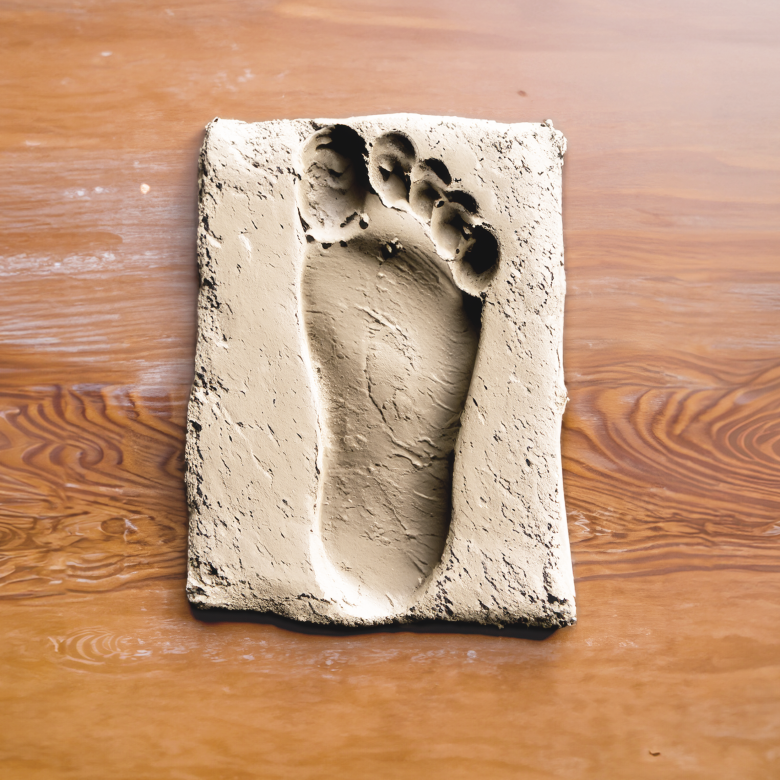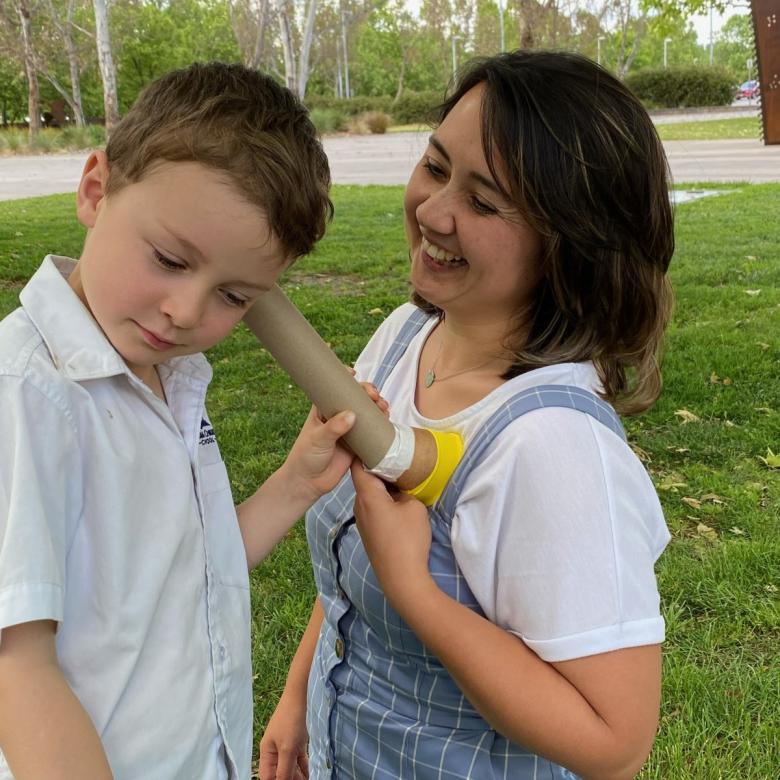You’ll need
- 4 or 5 friends
- A toothpick
- Tweezers
- A spoon
- A fork
- A spatula
- 10 lengths of straw, each 2 cm long
- 10 marbles
- 10 coins
- 10 paperclips
- 10 small squares of paper, about 2 cm by 2 cm
- A large tray
- A stopwatch
- Graph paper
- A pencil
What to do
- Gather your materials on a flat surface.
- In the tray, place the lengths of straw, marbles, coins, paperclips and paper squares. These are your ‘prey’ items.
- Group together the toothpick, tweezers, spoon, fork and spatula. These are your ‘predators’.
- Get each person to choose a predator.
- Get the stopwatch ready to time for 1 minute.
- When the clock starts, each person uses their predator to collect as many prey items out of the tray as they can.
- After 1 minute, each person counts the number and type of prey they caught.
- Using the graph paper, make column graphs to show the number of prey items caught using each predator.
- Rank the predators from most successful to least successful.
- Make a list of the predator characteristics that were helpful in catching prey.
- Rank the prey from most preyed upon to least preyed upon.
Questions to ask
Which predator was the most successful?
Which prey was the most captured?
What features made the prey easier to capture?
What's happening
An animal is called prey if it is hunted by other animals for food. The animal that hunts is called a predator. Predators have body parts that allow them to find their prey, by seeing, hearing, feeling or smelling. Predators also have body parts that allow them to catch and eat their prey.
Animals (and plants) are made up of different body parts (known as structures). These structures usually have a function (a job that they perform). For example, humans have many structures, such as hands, teeth, a heart, eyes, bones and cells. Our heart is a structure with a very important function. It helps to pump blood and oxygen around our bodies to keep us alive.
In this activity, predators had different structures made of different materials. Some predators were better at catching certain prey because their structure was suited to the type of prey. Predators that didn’t have a suitable structure couldn’t catch certain prey. For example, the thin, long structure of the toothpick (predator) fits inside the straws (prey). However, the toothpick didn’t work for catching the marbles.
Did you know
Wedge-tailed eagles are the largest Australian birds of prey (also called raptors) and are the second largest birds of prey in the world. They are predators, and prey on rabbits, wallabies, snakes, small kangaroos and other animals.
Wedge-tailed eagles get their name from their wedge-shaped tails. They have enormous wings, spanning more than 2 m, and long tails. Wedge-tailed eagles use their wings and tail to soar high in the air and to swoop down to the ground to catch their prey.
A wedge-tailed eagle’s eyes can see 8 times better than human eyes. They can also see more colours than humans can. They use their well-developed eyes to search for prey and to see rising warm air currents that they use to fly higher in the sky without using much energy.
Wedge-tailed eagles have strong feet, with long claws called talons. Their longest talons are 5 cm long. They use their feet and talons to grip their prey. They also have large, hooked beaks to rip and break the bones of prey animals.


